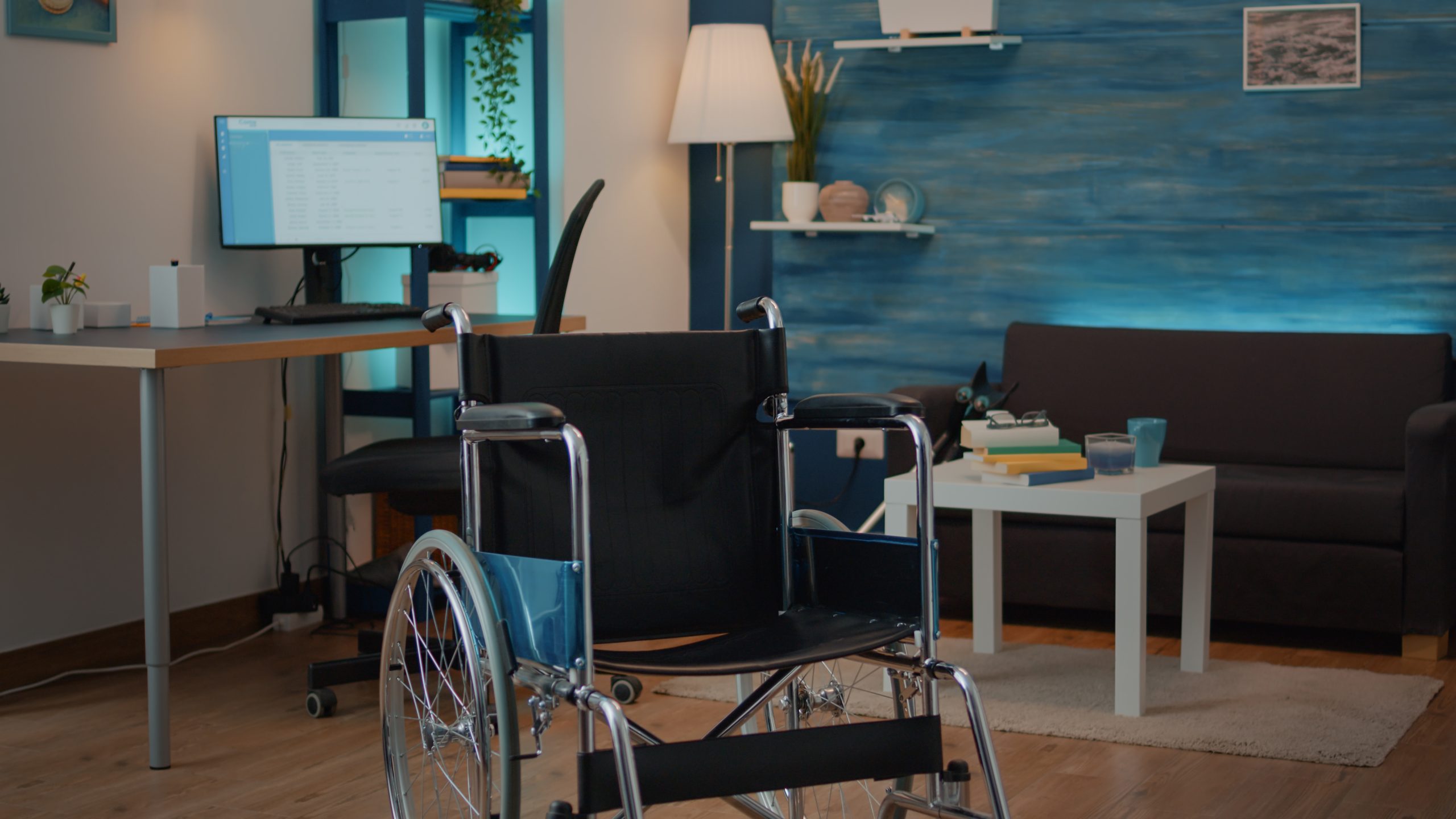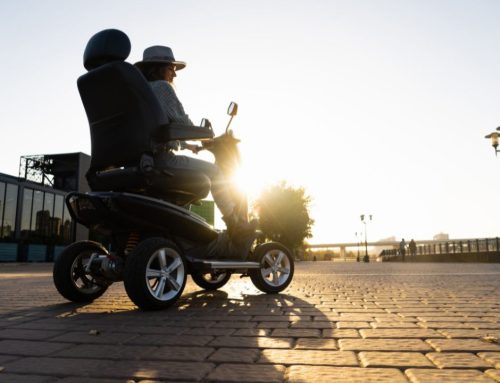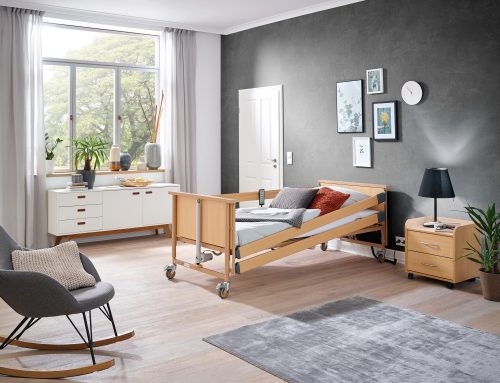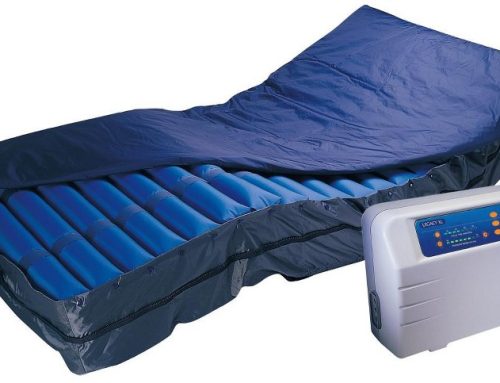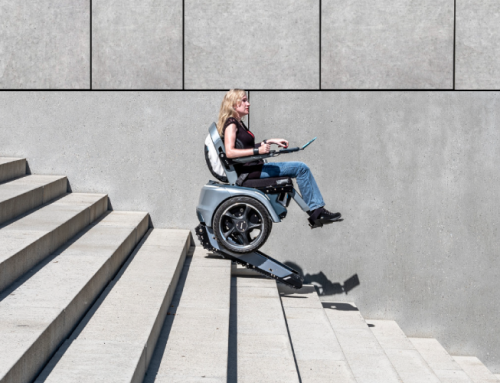An architectural barrier is any constructive element that prevents movement and movement from one space to another safely in various domestic environments, particularly for disabled or elderly persons with limited motor or sensory capacity. For example, it can be an impediment such as a step, a group of steps or a difference in level between rooms or at entrances, balconies or access to the courtyard.
If you are thinking of changing your home to make it more accessible for a disabled family member, or if you want to adapt the space in your home to make it easier for an elderly person to move around, or for a momentary disability, there are a few tricks you can take that can make all the difference.
Input
he path to the front door should be wide, gently sloping and without steps. A slope with no steps could make it easier for a mother in a wheelchair to take her child outside or make it easier for the grandparent to look after the grandchildren, who would not have to make any effort to lift their tricycle or bicycle for them to go out and play.
In addition to space, it is important to use the right tools to move around both inside and outside the house walls. That is why MIA MEDICAL ITALIA offers the possibility to rent or purchase electric wheelchairs, both outdoor and indoor, such as the Slim Folding Electric Wheelchair in aluminium, which, thanks to its small size, allows comfortable mobility.
Corridors and hallways
The passageway for moving from one room to another with the use of a wheelchair should not be less than 90 cm wide. For manoeuvring, on the other hand, the recommended space requirement is 150 x 150 cm.
As far as doors are concerned, the knob handles should be replaced by lever handles. Lever handles are easier to use and can be easily grasped by a person with arthritis or dexterity problems.
Kitchen
Kitchen worktops should be of adjustable height or of a height that is comfortable for sitting and standing.
With a worktop of adjustable height or a worktop accessible from a seated position, both a person in a wheelchair and an elderly person will be able to cook effortlessly at the height of their aids. It would also be important to use mobile storage compartmentswhich can be moved as required.
Living room
The best solution would be to have a communicating kitchen and living room to facilitate manoeuvring a possible wheelchair. As for the arrangement of furniture such as tables and sofasThe distance between one piece of furniture and another should not be less than 70-90 cm in order not to impede movement. Mats can prevent the wheels of a walker or wheelchair from sliding. It is good to remove them to facilitate all wheeled aids. Such as the axillary walker or the rollator.
Bedroom
The space required for freedom of movement around the bed is around 150 cm, a figure to keep in mind when deciding where to place other furniture such as wardrobes or side tables.
A two-way switchone at the door entrance and one at the bedside, is more functional than a one-way switch. The reason? A person with motor problems can be autonomous and will no longer need to call someone else to switch off the light. Or if a family member uses a cane, they will be able to move around the room without fear of tripping and falling because of the darkness. Remember also there to remove all mats that prevent an orthopaedic bed from being moved easily.
Bathroom
The bathroom should be spacious with a large entrance, to allow smooth mobility for both a wheelchair user and an elderly person who needs to move with a walker or a cane.
At MIA MEDICAL ITALIA, we offer various types of indoor walkersto allow you to choose the one that best suits the space in your home.
Stairs
Stairs should have a handrails on both sideswhich should extend beyond the first and last step. As well as for a family member with motor problems, handrails can be useful for the whole family: for small children, the elderly, or for anyone who may have a problem, even a temporary one, such as a sprained ankle or a broken foot. In short, they can come in handy at any time.
The extension of handrails beyond the stepsInstead, it would allow a visually impaired person to have an idea of the stairs without tripping on the steps. It would also help elderly people to ascend and descend stairs safely at all times.
For ascending and descending stairs with a wheelchair, however, the stairlift is essential, as travel on both internal and external staircases. Thanks to MIA MEDICAL ITALIA, it is possible to rent a electric stair lift for less than EUR 4 per day.
It is important to consider the needs of those who find it difficult to move, in order to design spaces so that the home is not perceived as a prison, but as a place where they feel comfortable and safe. A barrier-free home is a liveable space of independence and freedom of movement. A space that is well designed according to needs, improves the quality of life and can make a difference.
Expenditure on the removal of architectural barriers is a priority in the case of the elderly and disabled, whether we are buying a new house or improving the condition of the one we currently live in.
Law 104/92 provides incentives for the VAT-privileged purchase of aids and accessories that improve accessibility and tax relief for renovating a house to eliminate architectural barriers.
WOULD YOU LIKE TO RECEIVE A FREE CONSULTATION?
Do you need a consultation to find the most suitable aid for the space in your home?
Leave your contact details below and we will get back to you. The consultation is free of charge!
Last but not least, we must understand that breaking down architectural barriers serves patients who have a permanent or even temporary disability, but also all the people who have to assist these patients in order to have more room to manoeuvre!

